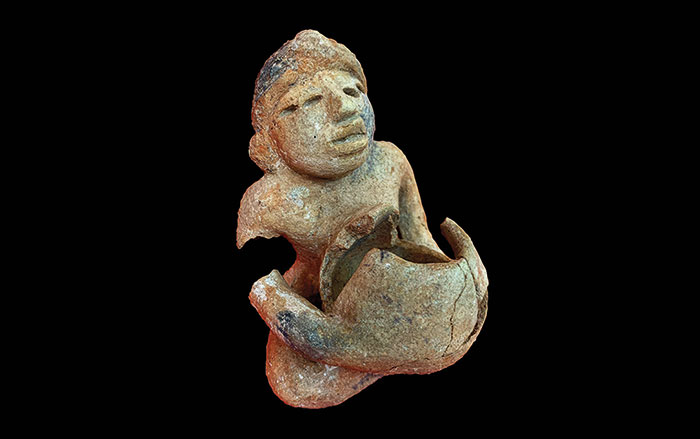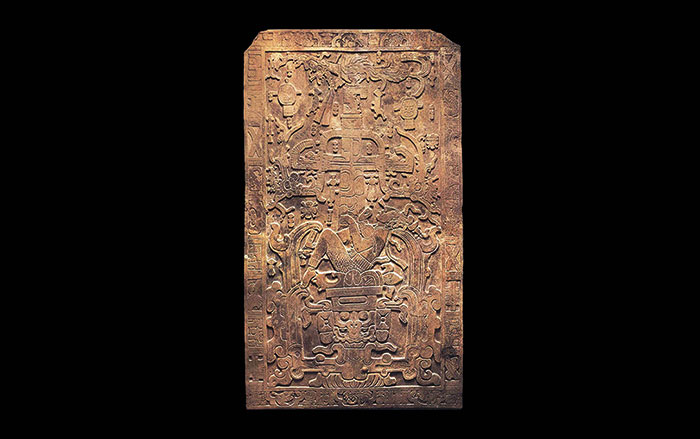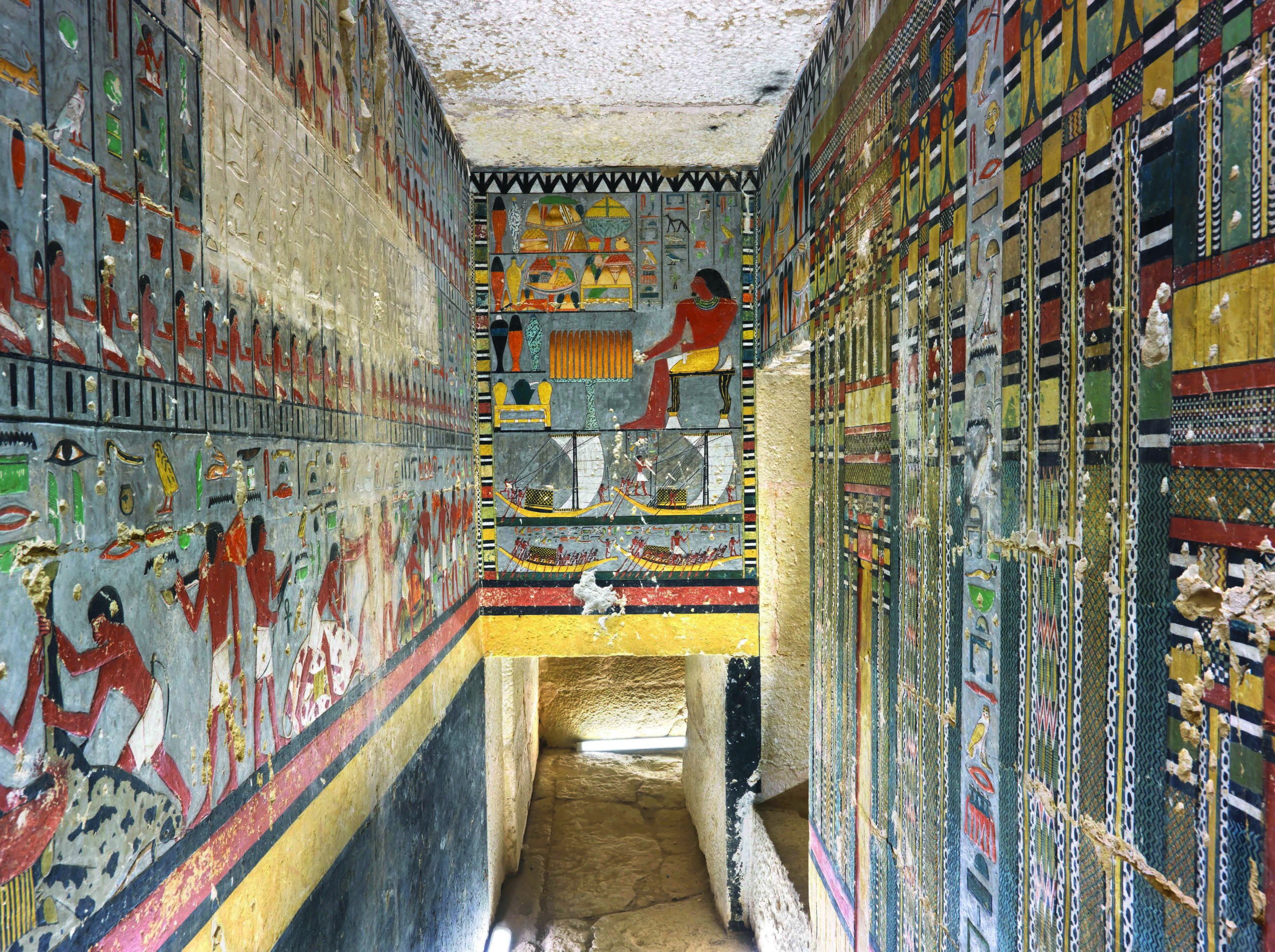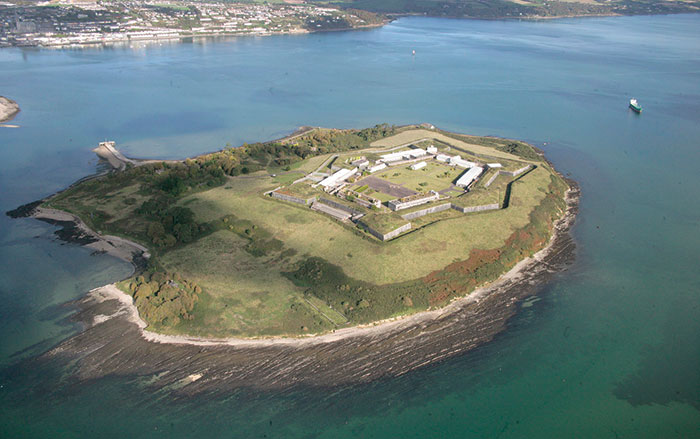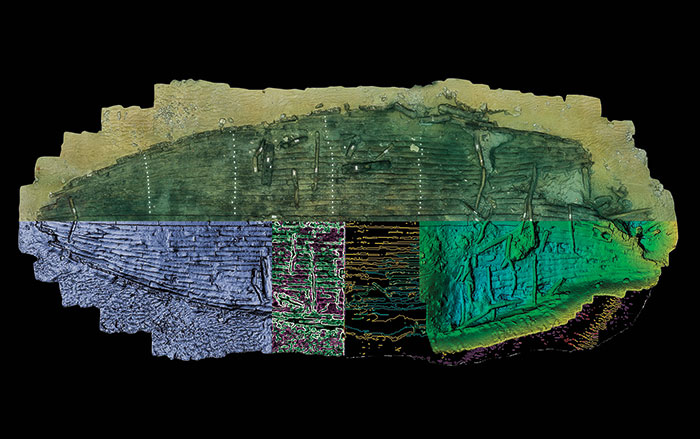
BOSTON, MASSACHUSETTS—According to a statement released by Brandeis University, a team of researchers including Charles Golden of Brandeis University and Andrew Scherer of Brown University has uncovered a Maya site in southeastern Mexico that may have been the capital of Sak Tz’i’, a kingdom mentioned in inscriptions uncovered at other Maya sites. Translated as “white dog,” Sak Tz’i’ was a small state founded in 750 B.C. and surrounded by more powerful states. The city was protected on one side by steep-walled streams, while masonry walls were built around the rest of the site, but the researchers suspect the city’s leaders must have engaged in political maneuverings with the kingdom’s stronger neighbors in order to survive for more than 1,000 years. The team members have found evidence of pyramids, a royal palace, a ball court, sculptures, and inscriptions describing rituals, battles, a mythical water serpent, and the dance of a rain god. The researchers will continue to work to stabilize the site’s ancient structures and to use light detection and ranging technology to map the area. Read the original scholarly article about this research in the Journal of Field Archaeology. To read about conflict between Maya centers, go to "Maya Total War."




